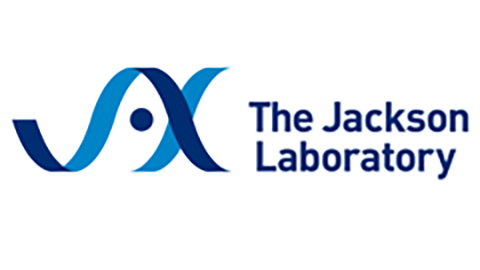
Faculty Research 1990 - 1999
Mono(ADP-ribosyl)transferase genes and diabetes in NOD mice. Is there a relationship?
Document Type
Article
Publication Date
1997
Keywords
Animal, Chromosome-Mapping, Diabetes-Mellitus-Insulin-Dependent: en, ge, Gene-Expression, Histocompatibility-Antigens: ge, Human, Major-Histocompatibility-Complex, Mice, Mice-Inbred-NOD, NAD(P)(+)-Arginine-ADP-Ribosyltransferase: ge, Rats, SUPPORT-NON-U-S-GOVT, SUPPORT-U-S-GOVT-P-H-S
First Page
217
Last Page
227
JAX Source
Adv Exp Med Biol 1997;419:217-27
Grant
DK36175/DK/NIDDK, DK27722/DK/NIDDK, CA34196/CA/NCI
Abstract
The answer to the question posed by the title (is there a relationship between aberrant Art gene expression and IDDM pathogenesis in NOD mice?) remains elusive. Conclusions are currently based almost entirely upon analysis of mRNA transcript levels rather than on T-cell-specific mono-ADP ribosylation activities. Our unpublished data, as well as data published in abstract form by Dr. L. Chatenoud and colleagues (48) indicate that gene transcription is not impaired in splenic leukocytes of older NOD mice, including those with spontaneous IDDM development. Based upon the limited data showing that there may be reduced expression of Art gene products in the earliest T cell immigrants from the NOD thymus, one would have to surmise that If there is a regulatory defect, it may be in allowing single positive thymic T cells to emigrate before they are fully mature. Therefore, development of anti-Art monoclonal antibody together with further studies regarding functions of mono(ADP-ribosyl)transferase in immunoregulation of different subpopulation of T-cells, may finally resolve the role that altered mono(ADP-ribosyl)transferase activities play in the pathogenesis of IDDM in NOD mice.
Recommended Citation
Cetkovic CM,
Yang SD,
Leiter EH.
Mono(ADP-ribosyl)transferase genes and diabetes in NOD mice. Is there a relationship? Adv Exp Med Biol 1997;419:217-27

